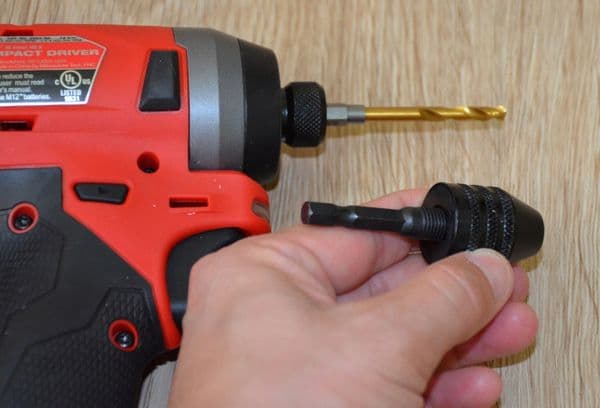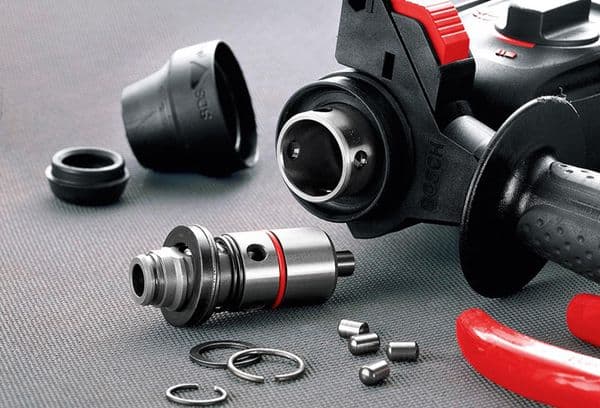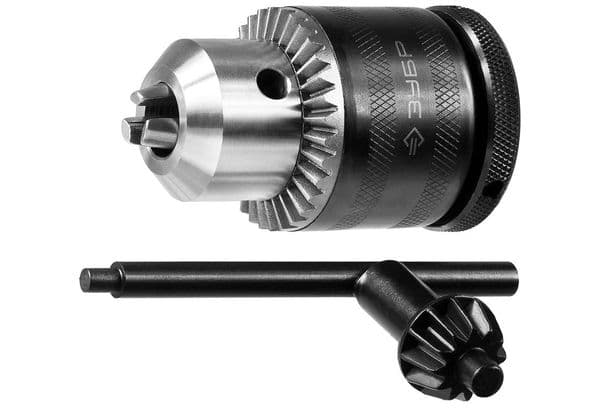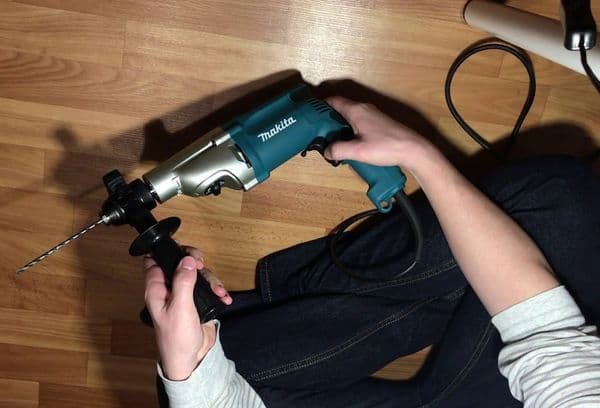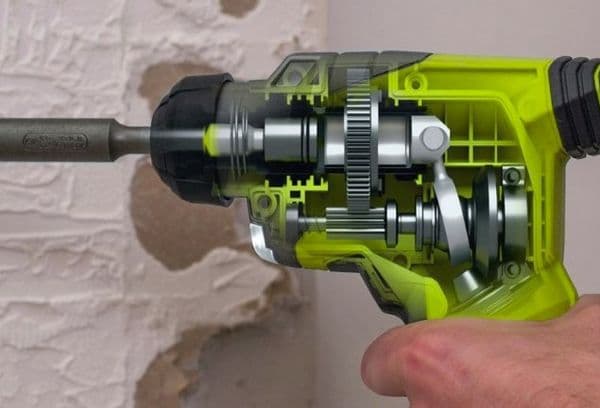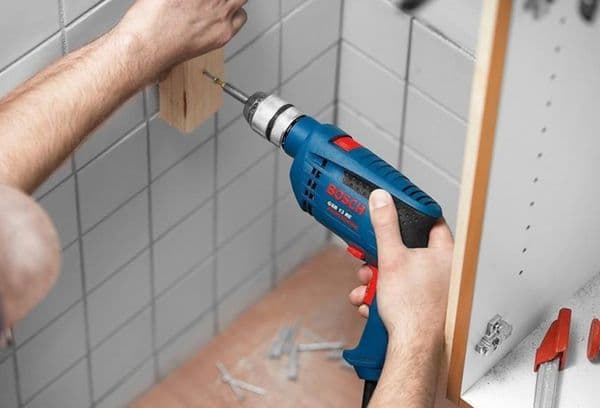How to remove a stuck drill bit from a drill, hammer drill or wall
Problems with the tool happen to both amateurs and professionals. A drill or drill stuck in a chuck or wall is usually removed using improvised means. It is more difficult to remove debris remaining in the tool. Which method to choose depends on the reason why the drill is jammed, as well as on the tools that are available.
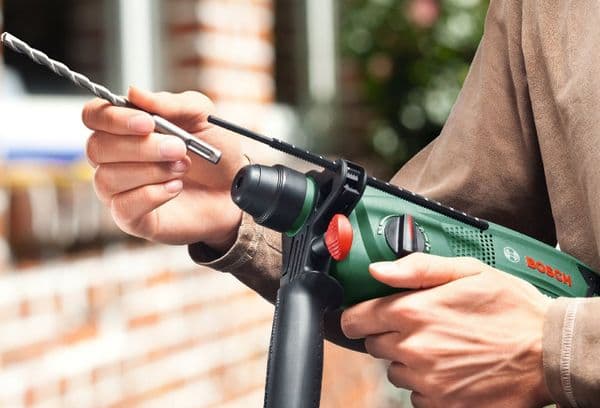
Reasons: why the drill stuck
Experienced experts cite three main reasons why the drill cannot be removed from the drill (regardless of the type of chuck):
- Tool diameter too large. During the process, a drill that is too large grinds in and gets stuck, like a dowel.
- Weak steel and, as a result, deformation (most often, the tail wedges like an anchor) of the drill or drill. For the same reason, equipment breaks, especially in rotary hammers and impact drills.
- Mismatch between the shank and the chuck clamping mechanism. This often leads to the equipment falling apart and a part remaining in the chuck, but it also happens that the drill/drill simply gets stuck.
Another, less common reason is rust. People who often do repairs usually don’t encounter this, but if a drill/hammer with accessories collects dust for a long time on a balcony, in a barn, unheated country house, garage, etc., the tool is eaten up by corrosion. In this case, masters say that the sting has “soured.”
How to save a key jaw chuck
If the reason is only mild corrosion or a deformed drill, you will need a gas wrench, a chisel or screwdriver and a 700 g hammer:
- Spray rust converter, lubricant or machine/any mineral oil into the cartridge.
- Let stand for 5-20 minutes.
- Using a gas or plumbing wrench, clamp the chuck so that the drill is on the left hand.
- Secure the structure with a vice, a clamp, or simply with your feet.
- Place the screwdriver on the clamping ring, in the groove between the teeth, tilting it away from you.
- Use a hammer to hit the handle of the screwdriver in a calculated manner, causing the ring to rotate.
If you have two gas keys, you can try turning both rings in different directions at the same time.
Advice
Be sure to inspect the cartridge to see if there are any grooves, dents or other defects left on it or inside. If yes, it is better to change the nozzle. Open the chuck as much as possible and unscrew the screw at the “bottom” to remove the nozzle.
How to release a double-sleeve chuck
Unlike a key cartridge, this type of cartridge does not have teeth and, accordingly, a stop. Its rings are relatively smooth. In this case, the ideal solution is a removable “magazine” holder, which often comes complete with modern drills. You will also need a hammer:
- Use the holder to grasp the upper coupling (ring) closest to the drill and fix it as securely as possible.
- Clamp the drill with a vice, clamp, in your hands or between your knees.
- Strike the “magazine” handle forcefully in the direction in which the upper coupling normally rotates.
One blow is enough - the ring moves and the drill is released quite easily. To make sliding easier, it is permissible to drop a little oil or grease between the chuck jaws or under the clutch.
How to help out a keyless chuck
Screwdrivers, drills, and hammer drills usually have quick-release chucks. They do not have any rotating coupling; the equipment is held in place by a spring ring-stopper. Home craftsmen offer two ways to release a drill or drill:
- Remove the upper o-ring, pull the cartridge down, pry the clamp ears with a wire and a screwdriver, stretch it and also lift it up. After this, grab the equipment with narrow-nose pliers or pliers and, swinging or turning, pull it out.
- Remove the raster (tube leading to the cartridge) - this is necessary so that the end of the drill becomes accessible. Use a regular drill and a metal drill (cobalt or diamond coated) to drill out the tip. After this, the drill will easily come out of the chuck. This method is almost the only one for rotary hammers and impact drills, in which the end of the drill is literally flattened and riveted.
How to remove the broken end of a drill from the chuck
When a drill, drill or other equipment with an irregular tip (for example, SDS instead of a hexagon) is driven into the chuck, under heavy load and especially if the steel is of poor quality, the tip breaks. This happens especially often with hammer drills - the equipment falls apart where the balls grab it.
It is extremely difficult to remove such a fragment. An awl, a screwdriver, and a magnet with superglue show low efficiency. A more risky way is to supplement the awl with a generous portion of butter.
The author of the magazine purity-en.htgetrid.com read different opinions on the forums and came to the conclusion that the safest option is to go to a workshop where the cartridge will either be disassembled or replaced.
Without disassembling the hammer drill and the cartridge, the fragment can be removed in two effective (but unsafe) ways.
Welding machine:
- Clamp the hammer drill in a powerful vice with the chuck facing up.
- Remove the seal, stopper and other washers-nuts, if necessary, or simply pull the cartridge down.
- After this, lower the insulating sheath from a powerful wire (at least 7 mm in cross-section) into the maximally opened cartridge.
- Fix one terminal of the welding machine to the body of the hammer drill.
- Use the second terminal to grab a long rod or tip for welding (the cross-section is smaller than that of the insulating tube).
- Place the tip on the fragment in the cartridge and give a short discharge.
- Pull out the rod along with the fragment.
This is a very quick method if a friend or your own tools have a welding machine. If not, it’s unlikely that you’ll be able to find an analogue for it. Another drawback that was noted on the forums is welding adhesions, which can form chaotically in both the chuck and the hammer drill. Such bows subsequently damage the instrument.
With pressure:
- Remove the boot.
- Pull the cartridge down.
- Turn on impact mode and simultaneously press anything on the fragment.
At the same time, a fragment of the drill shoots out (and where it will hit is unknown). The method is fast, but you should put something in front of the “barrel” of the hammer drill that will absorb the impact of the “projectile,” otherwise the ricochet will easily cause injury or break something around.
Drill / drill stuck in the wall - what to do
Forums and vlogs offer a lot of ways to remove a stuck drill. Once on a stone, it is usually possible to free the rig by simply turning on the reverse. But more often than not, the drill gets stuck after flying into a large cross-section of reinforcing rod. It jams so that the tool cannot cope and does not turn it, and pulling is also useless.
In order not to destroy the cartridge, it is better to release the nozzle and leave it “bare”. Next, start trying to free yourself:
- If the drill is stuck in the ceiling, wrap a chain around it and hang a heavy load, lift it to chest level and quickly release it (it is important to have time to jump to the side so as not to get injured from the drill and/or the load). The method is quite risky.
- Clamp the tip in a vice, apply a lever and pull, swinging and trying to turn it. This method is best done with two people.
The best option is to stumble upon the reinforcement and not try to take it forcefully. When you encounter an obstacle, immediately remove the drill and go through the hole with a magnetic screwdriver. If there are chips left on it, you have a problem with the reinforcement. Tilt the hammer slightly to go around the rod diagonally up or down. A slight slope will not weaken the anchor fastening, which is most often used in concrete.
Another option is to break through the reinforcement, but this can only be done with thin rods, otherwise there is a high risk of getting a crack and weakening the concrete floor.
To drill through rebar:
- Put the hammer down and take a drill with a metal drill (high quality steel is important).
- Gradually drill through the reinforcement first with a thinner (4 mm) tip, then with a larger one and finish with number 8.
Important
Under no circumstances try to pierce the reinforcement with a concrete drill - you will ruin both the equipment and, possibly, the cartridge.
There are no hopeless situations if you have ingenuity and desire. Act confidently, but carefully, and the drill or drill will come out of the chuck and the repair will continue without problems.
